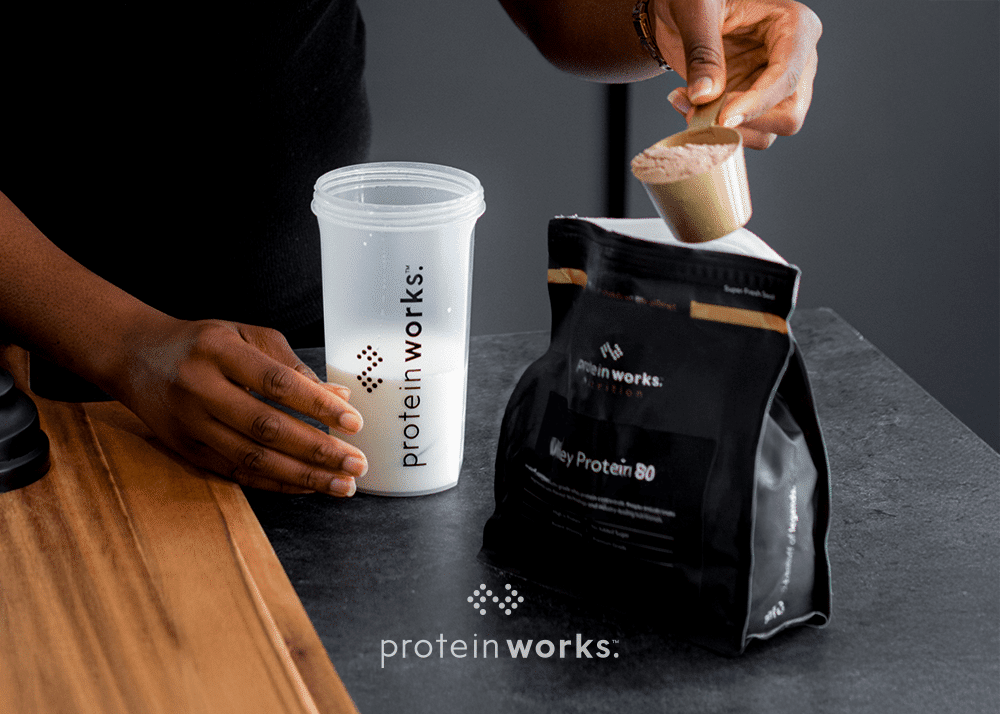
Rest Days Done Right
Gym rats tend to fall into two categories when it comes to off-days. Group one paces the floor, twitching and bouncing off the walls, basically bicep curling their breakfast spoons and doing walking lunges on each walk to the bathroom. Group two goes all out on the rest, slumping all day and forgetting that a diet doesn’t just apply to the peri-workout window.
Both groups have got it wrong. There are about eleven main reasons why so few people hit their physique goals, and doing off-days so badly is in my top five. The days on which you don’t weight train aren’t off-days; they ought instead to be conceptualised as recovery days. You can’t mistreat your body with either obsessive movement or torpor; instead, you need to contribute to its recovery and growth. So without further ado, here are my top rules for recovery days.
1. Limit your exercise to walking
It can be tempting to train again if we don’t feel utterly zonked, and isn’t always a bad idea to do so… but it usually is. If you were the one who scheduled this rest day, take heed of the advice of your previous self’s concern for your recovery. Train hard when you train; know that you’ve done everything you can during that session of breaking things down. Then consider that every other hour of every day involves building it back up and preventing any further breakdown. Balance these two and say hello to new muscle tissue!
Walking is a compromise. It doesn’t breakdown the muscle and it doesn’t fatigue the nervous system. But it does allow you to move like you’re desperate to – and there are few things more therapeutic for the modern man than a good walk. And, scientifically (because that’s what I do), walking can also improve recovery, mood, circulation, aerobic capacity, sleep and even body composition.
Schedule a forty-five minute power walk for your off-days, or a longer, gentler walk. Listen to an eBook; get in touch with nature; sip on some amino acids; breathe, deeply and cathartically.
2. Keep upright
This one is more relevant to the slobs (I fall into this category). I have a tendency to slump on the sofa/office chair/bed – dependant on the day of the week – and so add to the curvature in my lumbar spine, the shortness of my hip flexors, the tightness in my hips and the forward rolling of my shoulders, thus undoing all the good movement and posture patterns I have taught myself during the active days.
As well as making for a really stiff and unproductive workout on the following day, during which you can’t get full range of movement and so miss out on proper contractions, as well as risking injury and impingement syndromes, you have also short-changed yourself as far as proper recovery goes. You see, sitting down reduces blood flow and so inhibits nutrient supply via blood to your well-beaten muscle tissue; if you fold yourself in two, of course arterial flow is restricted.
So don’t be sedentary… and if you must be, then lie flat and intersperse your relaxation with good stretches.
3. Bookend your carbs and calories
This is a weird one and I’m prepared to be disagreed with; I state this as a disclaimer because it is based entirely on feel and intuition rather than hard science.
So here’s the concept. I cycle my calories and my carbs so that my workouts and immediate recovery are fuelled as much as possible and my resting time is fuelled only as necessary to prevent catabolism. It is unlikely (but potentially possible!) that body recomposition can be achieved via alternating hyper- and hypocaloric days in anyone other than beginners or those drug-assisted and gifted. What this cycling does allow you to do, however, is reap the benefits of low-calorie periods and also achieve some glucose re-sensitising effects from low-carbohydrate spells whilst still supporting your overall goal of lean mass accrual.
With that in mind, a rest day following a training day can begin with a caloric glut, to support the ongoing process of recovery and growth from the day previous, and to counteract the catabolic effects of your overnight fast (commonly known as “sleeping”). Beyond this point, on a rest day, there is little call for excessive macronutrient support, assuming you’re eating plenty during your training day; snack on protein and fibre. When the evening comes, so may the carbs. This is called backloading and it serves to fuel the body for a productive session the next day (alongside many other benefits; fuel is just the most relevant here).
Front- and backloading your carbohydrates and calories means that not only do you give your body what it needs, when it needs it, but also it gives dietary structure to recovery days which are so often characterised by erratic and unconsidered eating habits. Remember, muscle growth is a 24/7 activity, so support it every damn day.
4. Hydrate
I can’t believe I actually still have to say this, but I do. People, even health-conscious gym rats and orthorexic perfectionists, are terrible at the game of hydration. Water toxicity is the least of your concern if you’re anything like most people; so drink up.
A nice, measurable goal is this: drink a glass or two of water with every meal, and a glass between every meal, as well as any tea or shakes you have. This should be plenty, and your pee should be coming regularly (thanks to the diuretic effect of low-carbs) and be the colour of straw.






No Comments yet!